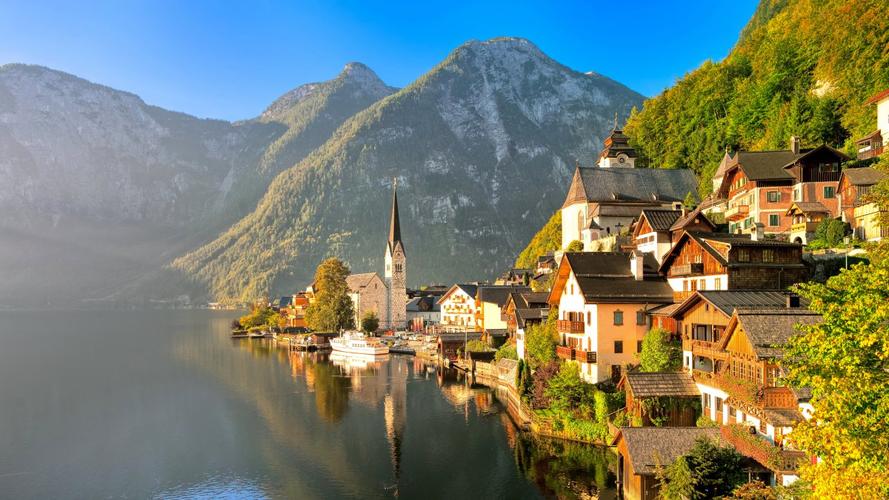Exploring the Rich History and Significance of Cultural Dancing
Dancing is an art form that has been an integral part of various cultures around the world for centuries. It plays a significant role in shaping and preserving the cultural identity of the communities. Cultural dancing incorporates unique music, costumes, and movements that reflect the traditions and beliefs of the people. In this article, we will delve into the rich history and significance of cultural dancing and how it has shaped the world we live in today.
The Origin of Cultural Dancing
Cultural dancing is believed to have originated from tribal rituals and ceremonies, where people used it as a way to express their emotions and spiritual beliefs. As civilizations developed, cultural dancing evolved to include more elaborate and sophisticated movements, music, and costumes. In many cases, cultural dancing became a way to celebrate important events such as weddings, harvest festivals, and birthdays.
The Significance of Cultural Dancing
Cultural dancing is a representation of a community’s beliefs, traditions, and history. It helps to preserve and pass on these cultural practices from generation to generation. It also serves as a way to bring communities together, creating a sense of unity and camaraderie. Cultural dancing can be used to convey important messages, tell stories and impart valuable life lessons. It also provides an avenue for artistic expression, allowing dancers to showcase their talents and creativity.
Types of Cultural Dancing
Cultural dancing varies significantly across the globe, with each country or region having its unique form of dance. For instance, African dancing is characterized by high energy and rhythmic movements, with dancers usually wearing bright, colorful costumes. In contrast, traditional Japanese dancing is known for being more subdued, with a focus on precise movements and elegant costumes. Other popular forms of cultural dancing include belly dancing, ballet, flamenco, salsa, and tango, among others.
The Role of Cultural Dancing in Modern Society
Cultural dancing continues to play an essential role in modern society, with many communities using it as a way to celebrate their heritage and bring people together. Cultural dancing has also become a global phenomenon, with many of its forms gaining popularity worldwide. For instance, salsa and tango have become widely known dance styles across the globe, with many people taking lessons to learn these styles. Cultural dancing has also been incorporated into entertainment industries such as movies and music, with many artists incorporating cultural dance elements into their performances.
Conclusion
In conclusion, cultural dancing is an art form that has shaped and continues to shape the world we live in today. It plays a vital role in preserving and passing on cultural practices, creating a sense of community and unity, and providing an avenue for artistic expression. Cultural dancing enriches our lives by exposing us to different cultures and ways of life, creating a more diverse and tolerant society.




